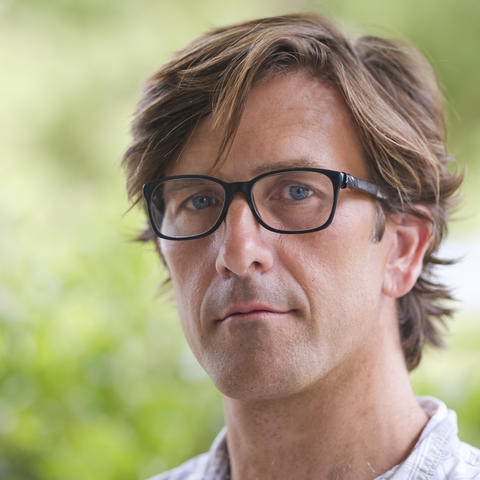Section Branding
Header Content
Days Left For Public Comment On Massive Georgia Forest Management Plan
Primary Content
The U.S. Forest Service is in the planning stages of a massive, perhaps even first of its kind forest management project at the foot of the Blue Ridge mountains.
The Foothills Landscape Project takes in a little over 157,000 acres of the Chattahoochee National Forest, a little over twice the footprint of the city of Atlanta, running in an arc from the Tennessee border north of Chatsworth over to Rabun County.
The public has through Friday, Jan. 10 to weigh in.Days Left For Public Comment On Massive Georgia Forest Management Plan
“I don't think it's ever been done, and that's part of the excitement,” said Stephanie Israel, project team leader.
What Israel and others plan to do is use everything from prescribed fire to herbicides and commercial logging to thin out forests left too dense by almost 100 years of fighting fires that should have been allowed to burn. The forest service says the resulting overcrowding, often with non-native tree species, threatens the viability of the ecosystem as a whole.
“We recognize the need to put fire back on the landscape and restore the natural role that it played, that, you know, maybe it can't any longer because of the wildland urban interface and some of the other issues that we have out there,” Israel said.
That wild urban interface is about a quarter of a million people live in communities nestled up against some of the targeted forests.
“Obviously, that's a concern," Israel said. "We don't want wildfire to be running through there.”
The project’s environmental assessment also describes the need to close off roads and trails that are harmful to aquatic wildlife. USFS expects some disruption and rerouting of some sections of popular recreational trails.
The USFS has been consulting on planning all of this since 2016 with environmental groups, recreational stakeholders and the Georgia Department of Natural Resources with whom they have long collaborated on similar but smaller projects. Also included has been the Southern Environmental Law Center, where Patrick Hunter is an attorney.
“I think we can at the 30,000 foot level, we can take a look at some of these activities and all agree, ‘Yeah, this is a good idea,’” Hunter said.
That’s not to say he doesn’t have problems with the plan as the USFS now proposes to carry it out. Hunters said it’s not enough for the USFS to say they could use fire or logging or herbicides in a tract of woods.
“The big problem with that is they haven't decided and they're not disclosing where on the landscape those activities will occur,” Hunter said.
Hunter wants more specifics.
“This is basically the proposal to do a general suite of work which may be fine as concepts, but the devil is really in the details here and the public needs to be made aware of where this will happen on the ground,” Hunter said. “It matters to people that hike on specific trails if they’re going to be logging besides those trails."
Foothills Landscape Project Team Leader Stephanie Israel said that level of description simply isn’t feasible and could mean the massive effort which in a best case could take as long as 15 years to see through never gets off the ground.
“Doing either just commercial logging or just prescribed burning…. science shows that we're going to have a better success rate by doing those things together, hand-in-hand,” Israel said.
And in a flexible, as needed, case by case basis. Israel also said that though the Foothills Landscape Project is massive, the techniques which will be used throughout are not new.
“These management options that we're proposing within this larger landscape are the same things that we've been doing at a smaller scale with the same intended outcome, not just in the Chattahoochee National Forest, but other similar forest across the southern Appalachia,” Israel said.
The public can still submit their comments on the plan through Friday, Jan. 10. What will follow sometime in the future will be a period in which formal objections to the plan could be lodged.

